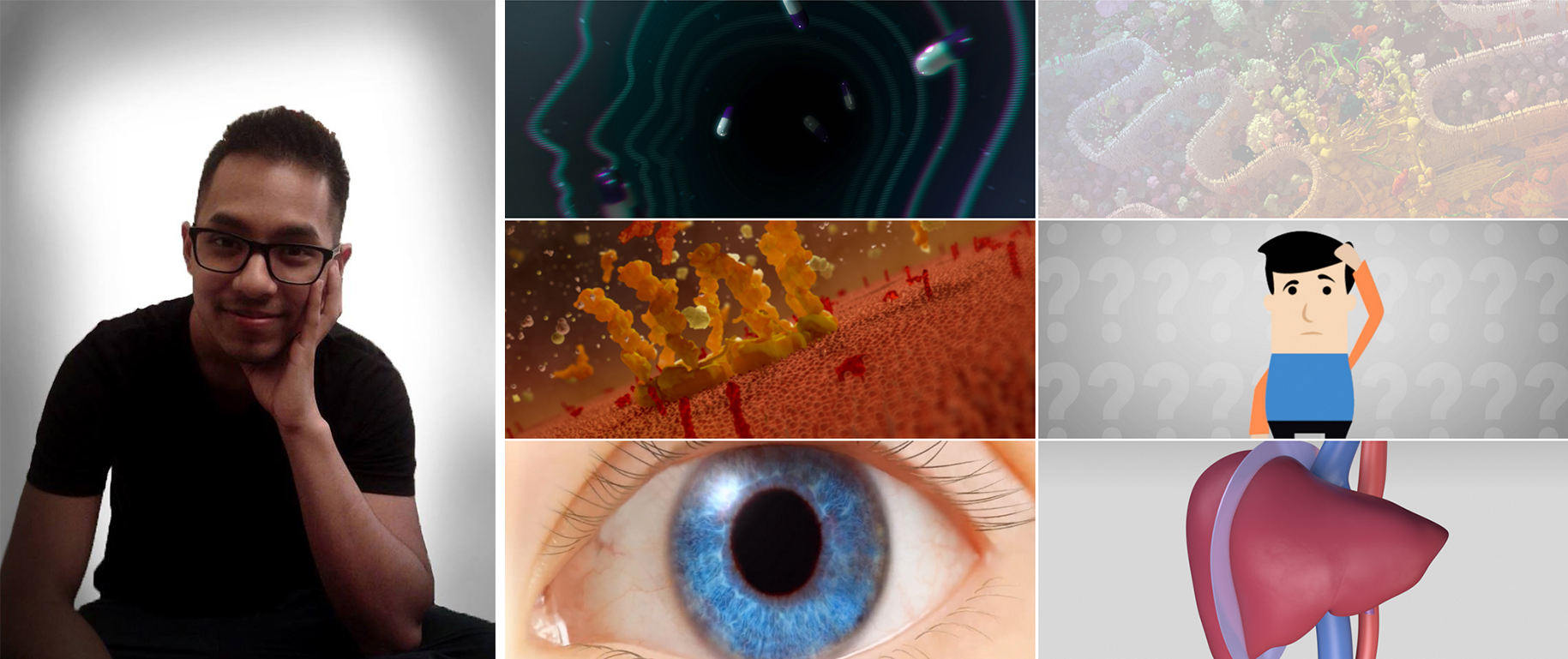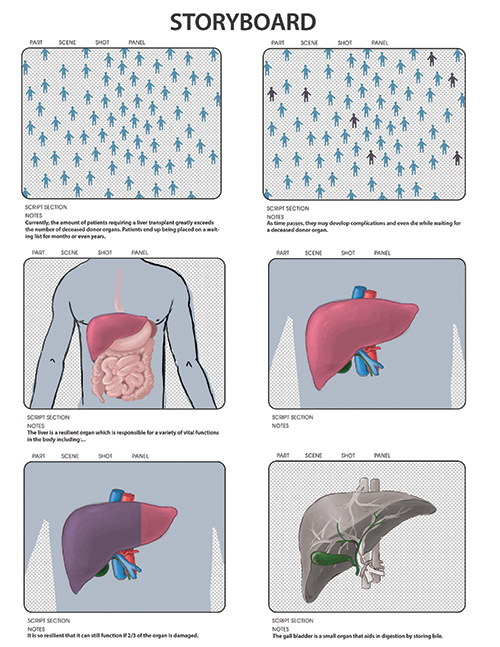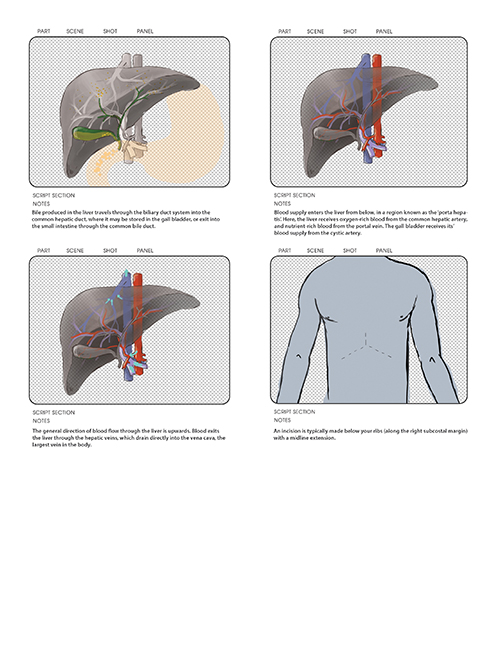For this month’s blog post, we’d like to reach back and give a shout out to one of our previous interns, Naveen Devasagayam, who worked with the TVASurg team in the summer of 2014 to complete an in-depth patient teaching video on the living donor right hepatectomy procedure.

In Naveen's own words:
While completing a Master’s in Biomedical Communication I had the rewarding experience of interning with TVASurg to create a patient education module. Graciously funded by the Educational IT (EIT) summer student program at the University of Toronto, I was able to collaborate with biomedical communicators and content experts at TVASurg in developing an animated module on live donor liver transplantation. This was intended to provide an educational resource for liver donors, making it easier for them to visualize the steps of the surgery, understand the underlying anatomy, and consider the potential risks and outcomes involved.
With these goals in mind, I took on this project from a patient’s perspective. This patient-centred design presented an interesting challenge that affected almost all stages of production. Starting with the script, wording had to be carefully selected to provide a detailed explanation of the procedure without overcomplicating it. This was followed by a visual storyboard which explored the visual tone and composition for the story.


Each frame was designed to provide just enough visual information for the patient to understand each concept. Visual tones and textures were kept simple, avoiding a photorealistic look. A 2D animatic was then used to determine pacing for the animation. Timing was deliberately slowed down, making it easier to digest and retain new information. Finally, the animations were composited in a way that broke up the module into several chapters. We initially proposed a single continuous animation but soon realized that chapters helped disperse the large amount of information, making it easy for patients to revisit specific sections for further learning. The final product was well received and is currently hosted on the TVASurg website as an educational resource.
Looking back at the entire process, many of the skills I learned here have been transferable to other patient related projects. On top of that, the team at TVASurg was always generous with feedback on content creation and patient-centred design, making it a fun and stimulating experience. It was a great way to spend the summer and I look forward to seeing more from the talented team at TVASurg.
